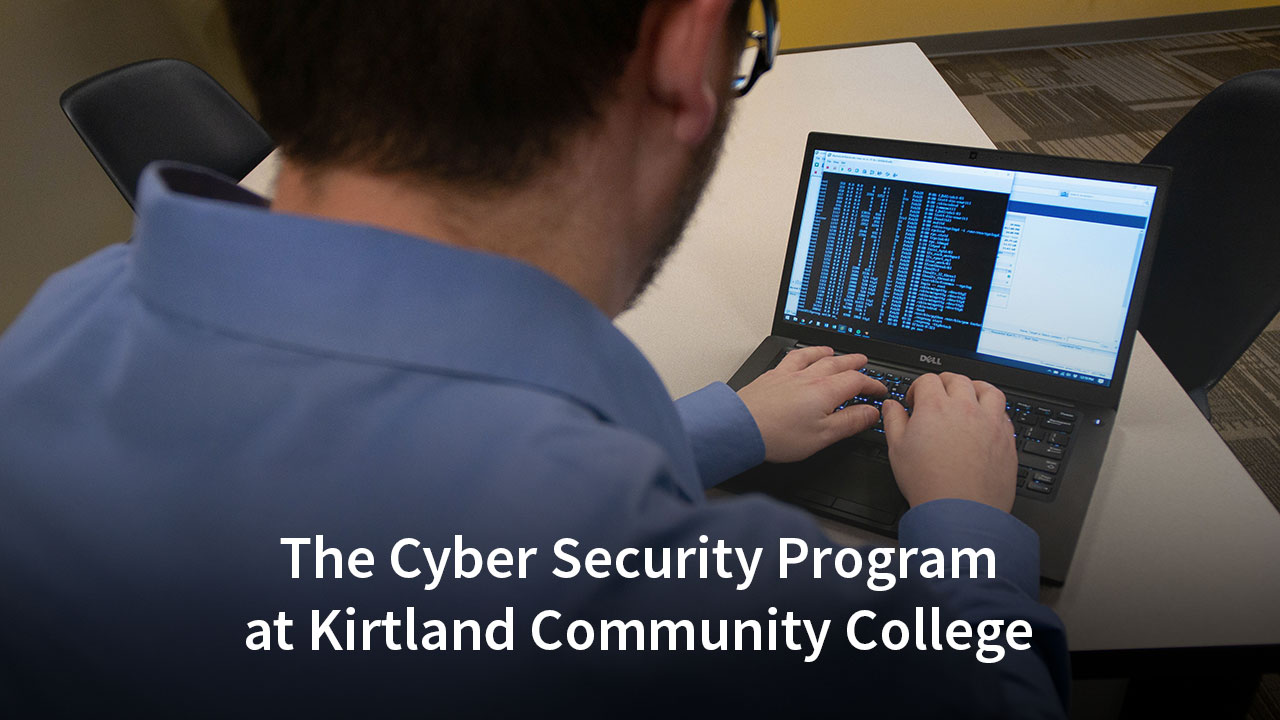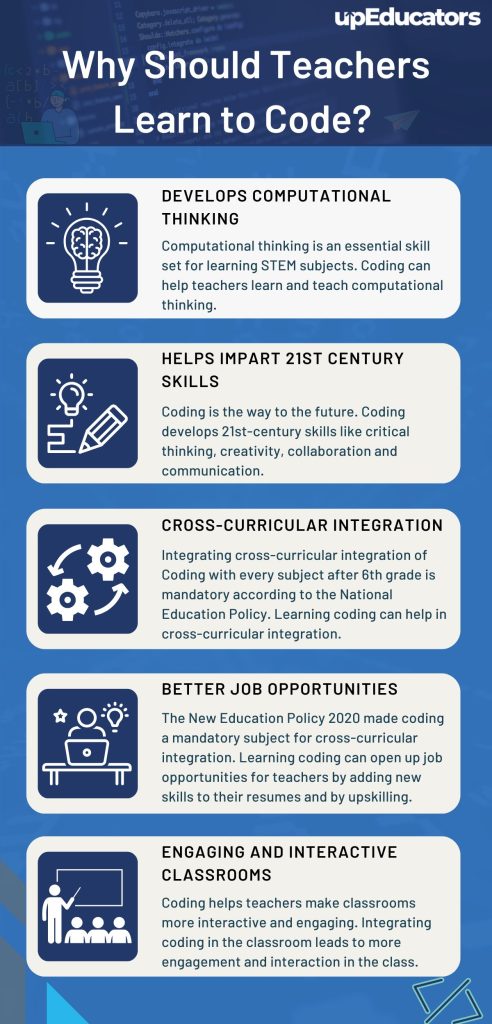
Kirtland Schools Pioneering Python Programming for Tomorrow’s Innovators
The Kirtland School District is embarking on an ambitious journey into the world of programming education, aiming to equip its students—both in middle and high school—with vital industry skills. This initiative is not just about teaching coding; it’s about preparing students for a rapidly evolving workforce that increasingly demands tech-savvy graduates.
Recently, the district announced its plans to implement new programming courses, funded by a substantial $277,895 Career Tech Education Equipment Grant from the Ohio Department of Education and Workforce. As Superintendent Chad VanArnhem shared, the courses promise to give students an edge in real-world software development projects, cultivating skills that are pivotal for future employment.
“Our students will get industry-authentic workforce experience,” said VanArnhem in a recent communication. “This grant will enable them to work on real-world software development projects alongside essential skills.”
Aiming for Early Engagement
Set to roll out in early 2025, the Kirtland School District plans to introduce programming concepts through the widely-used Python programming language. This will first take shape in Lego Robotics classes targeted at seventh- and eighth-graders, providing a hands-on introduction to coding that is sure to captivate young minds. Following this, a nine-to-12 week Python rotation will be available for all seventh-graders, with similar opportunities for eighth-graders during the 2025-26 school year.
This proactive approach aims at creating a structured learning path for students, effectively nurturing their coding skills from an early age. The district’s presentation emphasizes that by engaging students early, they will significantly increase the number of students completing the Software Development Career Technical Education (CTE) pathway in high school.
Expanding High School Curriculum
In addition to middle school initiatives, plans are in place to introduce at least one Python course for high school students during the 2024-25 school year, expanding to one or two courses by the subsequent year. Significantly, the new curriculum also plans to include a 9- to 14-week remote internship, allowing students to partner with a software developer, working on an actual Python project under mentorship.
This hands-on experience is invaluable in humanizing the coding journey, transforming abstract concepts into tangible skills. The district recognizes the importance of practical engagement, stating, “Python is the most broadly adopted programming language across the software industry.” With its applications branching into crucial areas like artificial intelligence and cybersecurity, this grant underscores the need for competent professionals in these high-demand fields.
Strategic Partnerships for Growth
The successful integration of this curriculum will be supported by TechSmart, a key player in providing educational resources and professional development. Kirtland teachers will be at the forefront of instruction, while partnerships with organizations like Interalliance, Standex, and Forward Edge will facilitate internships and work-based learning experiences.
A notable feature of this initiative is the creation of a new tech lab area that mimics an authentic software development workspace, offering students a glimpse into the real-world environment they will encounter in their careers.
 Students at the Kirtland School District engaging in hands-on programming
Students at the Kirtland School District engaging in hands-on programming
Commitment Beyond the Grant
The Kirtland School District’s dedication to this initiative is striking, particularly in how they plan to continue funding the program after the original grant’s three-year duration. Their application notes, “We intend to fund the program after the grant ends, with only a minimal annual curriculum site license cost expected.” This future-minded approach highlights the urgency of equipping students with the skills to respond to industry demands and fosters a commitment to sustainable education reform.
VanArnhem articulated the excitement surrounding this prospect eloquently:
“We are very excited about the opportunities that this grant will afford our students to be better prepared with career technical skills when they graduate from Kirtland.” This sentiment echoes the growing calls from local businesses for workforce-ready graduates, spearheaded by insights from the Ohio Department of Education and Workforce.
The Future is Bright
As Kirtland Schools forge ahead with their programming initiatives, it’s clear that they are not merely keeping pace with modern education trends; they are setting a commendable standard. This innovative approach to integrating Python programming into the curriculum reflects a sophisticated understanding of what today’s students need to thrive in tomorrow’s landscape.
In a world increasingly driven by technology, programs like this are crucial. There’s no doubt that Kirtland students will emerge more adept and prepared for careers that, just a few years ago, may have seemed out of reach.
As a member of the educational community, I am inspired by how this initiative could change the trajectory for many students, fostering not just technical skills but also a passion for continuous learning and curiosity about the world of programming.
 Embracing programming education for future innovations
Embracing programming education for future innovations
The focus on early engagement, practical experience, and continuity in education sends a robust message: Kirtland Schools are not just keeping up with change—they are leading it. The acknowledgment of the significant impact that coding skills can have on students’ future success is a movement that more educational institutions ought to consider embracing.















